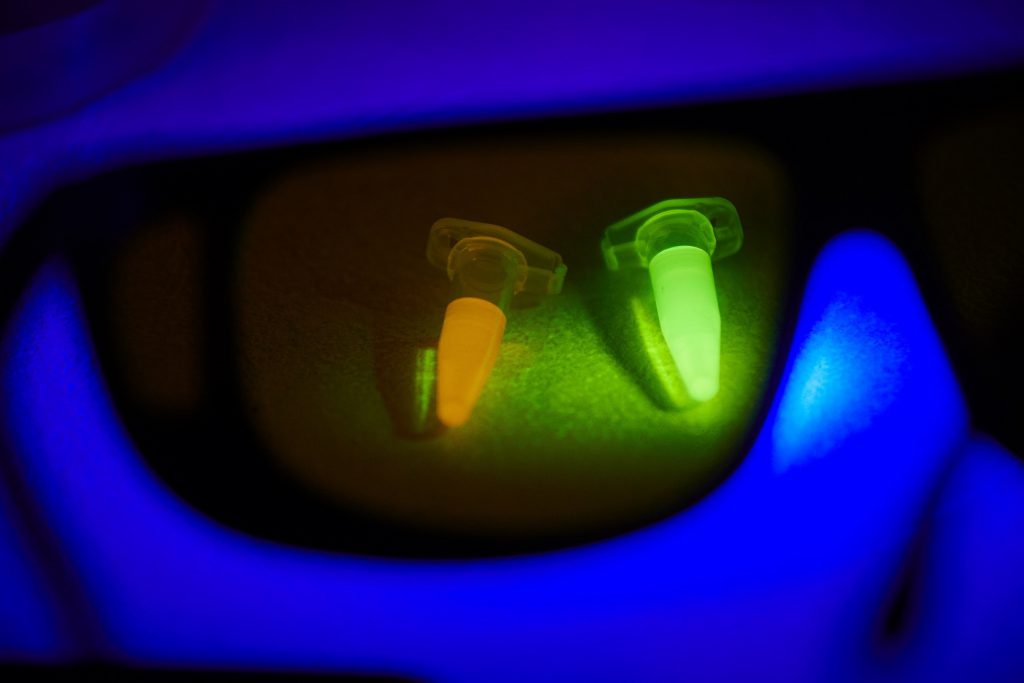
Quantum dots (QDs) are quasi-zero-dimensional nanomaterials that bind excitons in three dimensions. Roughly speaking, the three dimensions of quantum dots are all below 100nm, and their appearance is generally spherical or quasi-spherical, so they are also called nanocrystals. Scientists have developed many different methods to synthesis quantum dots, such as wet-chemical methods, vapor-phase methods, and electric field confinement method.
Most of the quantum dots prepared by wet-chemical methods are colloidal, which has the advantages of low cost, high yield, and high luminous efficiency, but the electrical conductivity is low, which greatly limits its application in electrical devices.
The vapor-phase method is a method of nucleating and growing quantum dots on substrate materials, and the quantum dots grown by this method can be easily combined with traditional semiconductor devices. In addition, it has the advantages of higher charge transfer efficiency and fewer surface defects, but because a high vacuum or ultra-high vacuum is needed in the reaction process, the cost of quantum dots prepared by this method is high.
The electric field confinement method is a method to prepare quantum dots by controlling the potential of metal electrodes to distort the energy levels in semiconductors and form the constraint on carriers. The cost is the highest and the yield is the lowest. However, the quantum dots made by this method are widely used in the theoretical research of quantum computing because of their high controllability.
The discovery of quantum dots was named one of the top ten scientific breakthroughs of the year by Science magazine in 2003. After more than a decade of development, quantum dots have been widely used in solar cells, medical testing, displays, and other fields because of their excellent physical, optical, and electrical properties.
Displays
Quantum dot light-emitting diode (QLED) shows excellent application prospects in the field of optical lighting and display because of its higher color saturation, brightness, spectral tunability, and low dispersion. Luminous brightness, external quantum efficiency (EQE), and lifetime are the three major indicators for the practical application of QLED. Existing research results show that it is difficult for QLED to achieve high brightness and high EQE at the same time. How to prepare QLED with high brightness, high EQE, and long lifetime is the focus of research.
Solar cells
Defect passivation and surface modification of perovskite hybrid films are very important to achieve high power conversion efficiency (PCE) and stable perovskite photovoltaic. The existence of defects will capture charge carriers and inhibit quasi-Fermi level splitting, thus reducing the open-circuit voltage (VOC) of perovskite solar cells. At the same time, the existence of defects will lead to catalytic degradation due to rapid ion migration. Therefore, the surface modification aimed at reducing the defect density and preventing ion migration is of concern to improve the stability of perovskite solar cells. The common strategies for improvement include the introduction of metal ions, surface and interface modification, heterojunction engineering, and the addition of functional additives. In addition to the strategy based on defect passivation, the molecular surface functionalization method of making perovskite films hydrophobic and inhibiting ion migration also makes a significant contribution to improving the stability of the equipment. It is found that inorganic perovskite quantum dots with a large number of elements and capped ligands are very attractive for element passivation and molecular surface functionalization.
Biological and biomedical applications
Quantum dots have become a new type of fluorescent probe for biomolecule and cell imaging. Compared with organic dyes and fluorescent proteins, quantum dots have unique optical and electronic properties. QDs do not show water solubility because they are usually synthesized in organic solutions and are surface stabilized with hydrophobic organic ligands. To make them available for biomedical applications such as cancer treatment and drug delivery, QD needs to be coupled to biomolecules without interfering with their biological functions. Various surface modification techniques have been developed to ensure specific bioconjugation. This is usually achieved by modifying QD with proteins, peptides, nucleic acids, streptavidin, or other biomolecules that mediate specific interactions with living systems. The limiting factor of QD application in vivo is its toxicity. In fact, QD technology is not widely used because of its hydrophobicity and toxicity, and there are still many problems to be solved before it can be safely used in biomedical applications.
